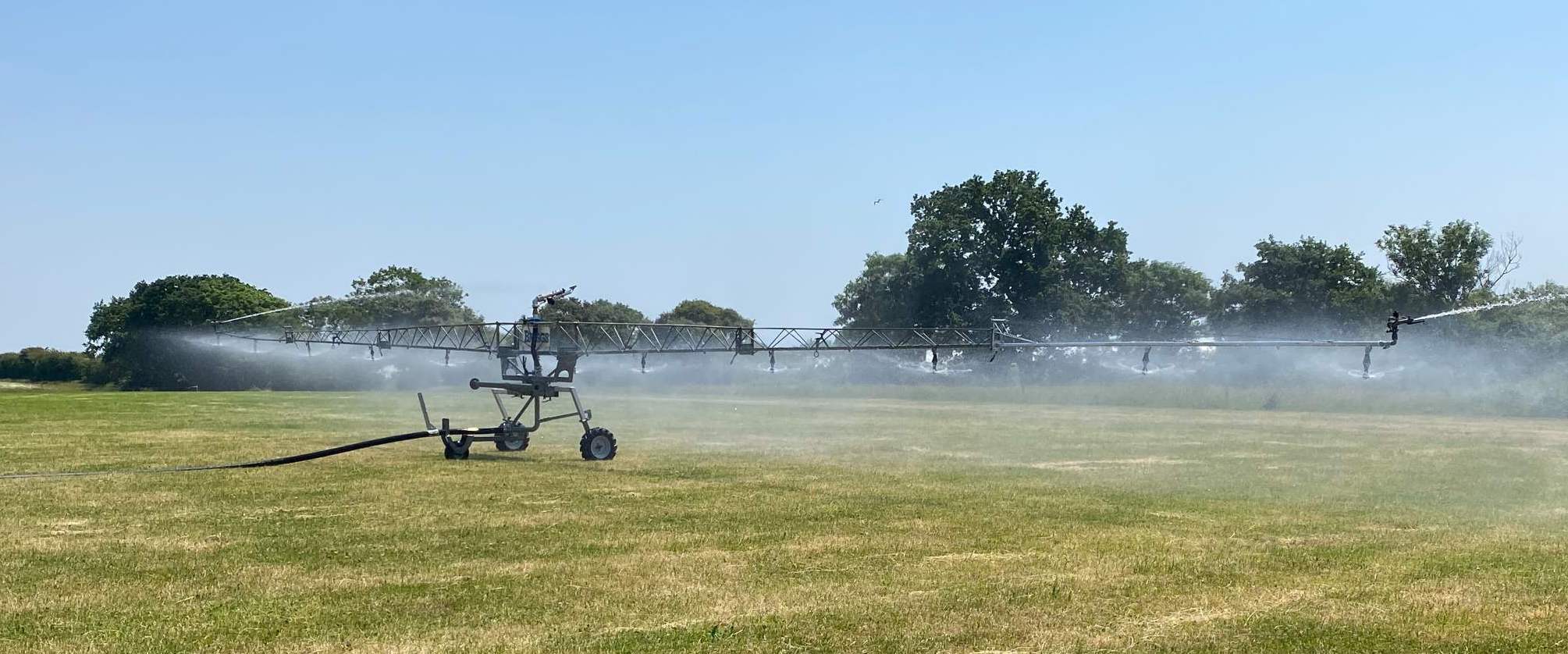
Environmental stewardship schemes, which DEFRA manages, aim to encourage farmers to put land aside to improve wildlife and reduce farming’s impact on the environment. As part of our role as custodians of this special area of Sussex farmland, we’ve embraced some of these schemes to help protect the environment. Cameron Lewis, our MD, shares details of some of the environmental schemes we’ve adopted on the Farm and the benefits we’re seeing.
Farming in a sustainable and environmentally friendly way is very important to us. Being part of national environmental schemes matches both our vision and mission as an organisation. There are clear benefits of taking part – for both the land, and our culture as a business. There’s also, it has to be said, an element of income support for the farm – which helps too!
We’re currently signed up to a 5-year Mid-Tier Countryside Stewardship Scheme, which runs until December 2026. We’re also part of a 3-year Sustainable Farming Initiative which runs to the same timeframe.
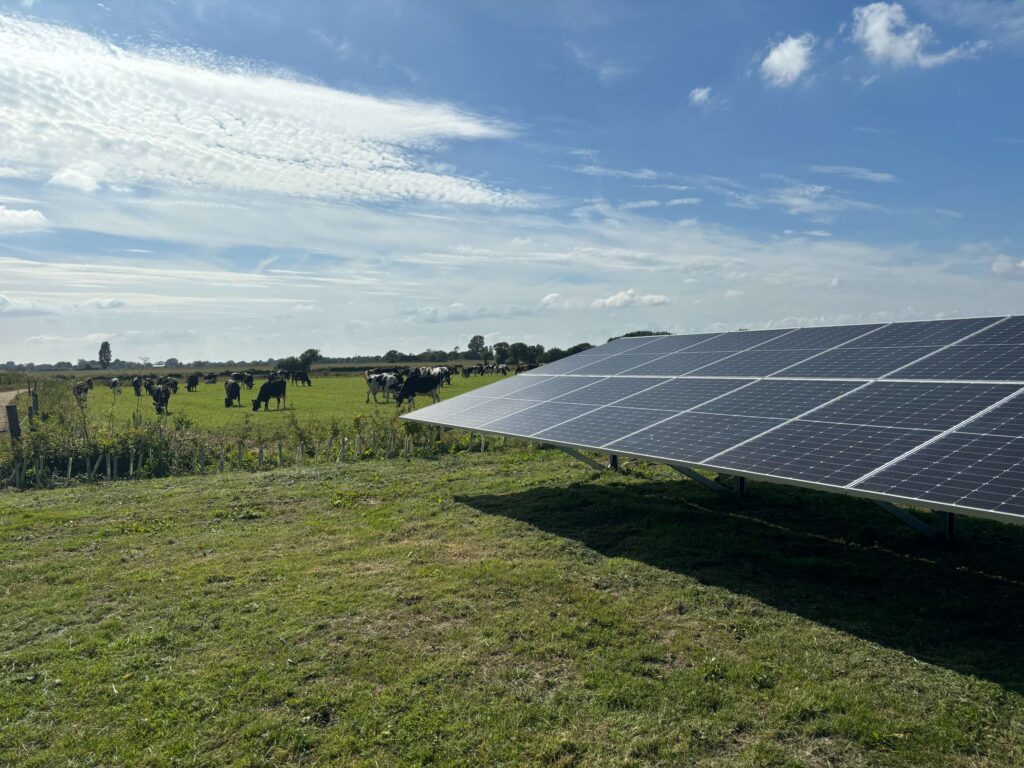
What’s involved in environmental schemes?
All schemes require a significant amount of additional work. This can range from additional soil testing to measure soil health, to planting specific seed mixes on a specific piece of ground that will feed birds through the winter months. We’ve got a number of measures in place that enhance our natural hedgerows and create wildlife corridors that shelter the smaller birds and mammals on the Farm. Other measures like planting winter cover crops or herbal grass leys help to reduce nutrient leaching into the water courses and lower the risks of soil erosion during heavy rainfall periods. We treat the management of these schemes like any other cash crop to ensure the measures we sign up to are effective and get the right attention through the farming year.
What are the benefits of taking part?
Over the last 25 years of being certified organic and participating in the numerous environmental schemes we’ve seen a huge increase in wildlife diversity. This is across the food chain too – from birds of prey to the insect life and improvements to soil health.
We’re very much in favour of these schemes. They’re always evolving, have generally improved and are easier to tailor. Getting a balance of farms in the UK producing food for the population as well as looking after the environment is challenging, but so important.
We’ve also gone further with some of our own environmental projects too, from installing solar energy for use on Farm, to working to ISO14001 international standards for environmental management. This acts as a framework for the business in setting continuous improvement goals and reducing our impact as a business on the environment we live in.
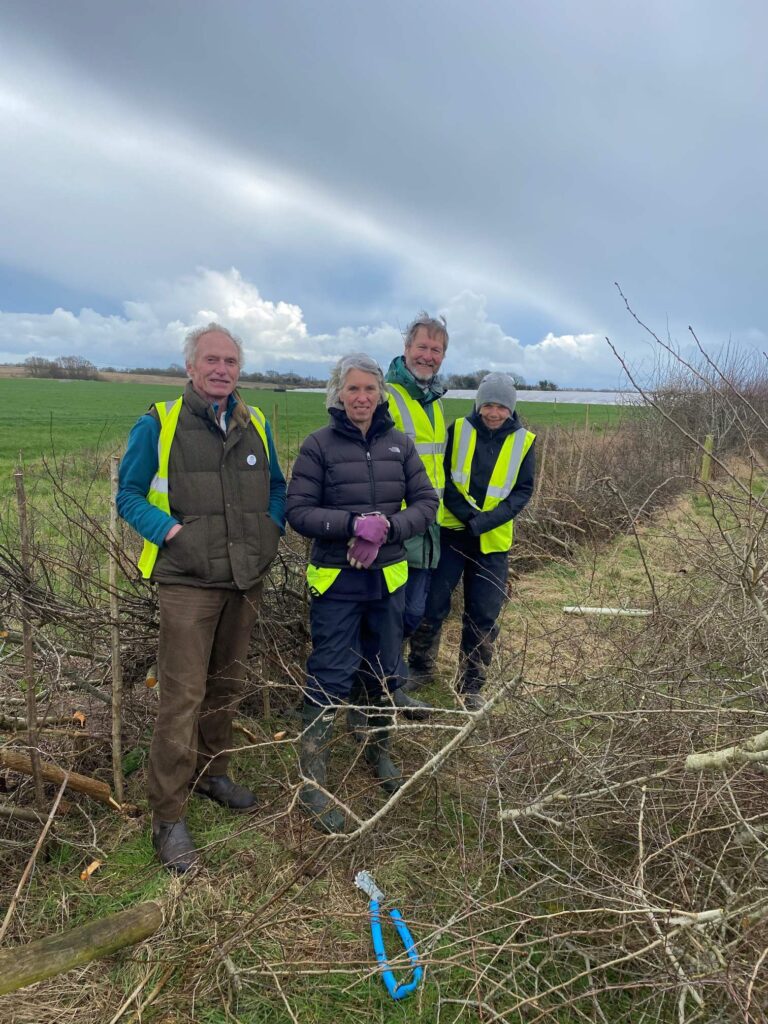
What’s next?
We’re keen to get more involved and sign up to more measures that will help the bio-diversity within the Farm estate. We’re also working on a Group-wide project to set out our longer-term plans around the environment, sustainability and how we govern the business to ensure these areas progress into the future.

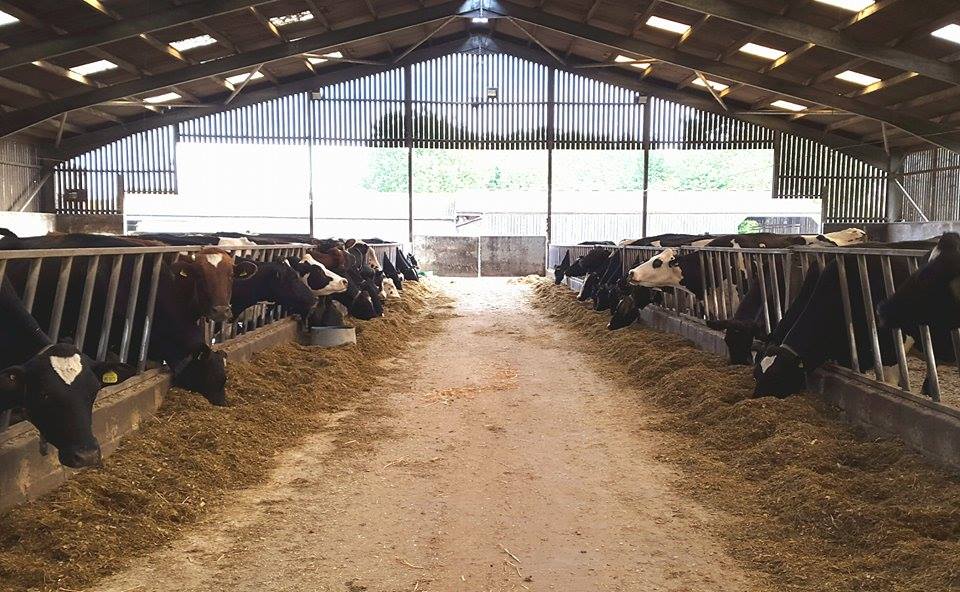
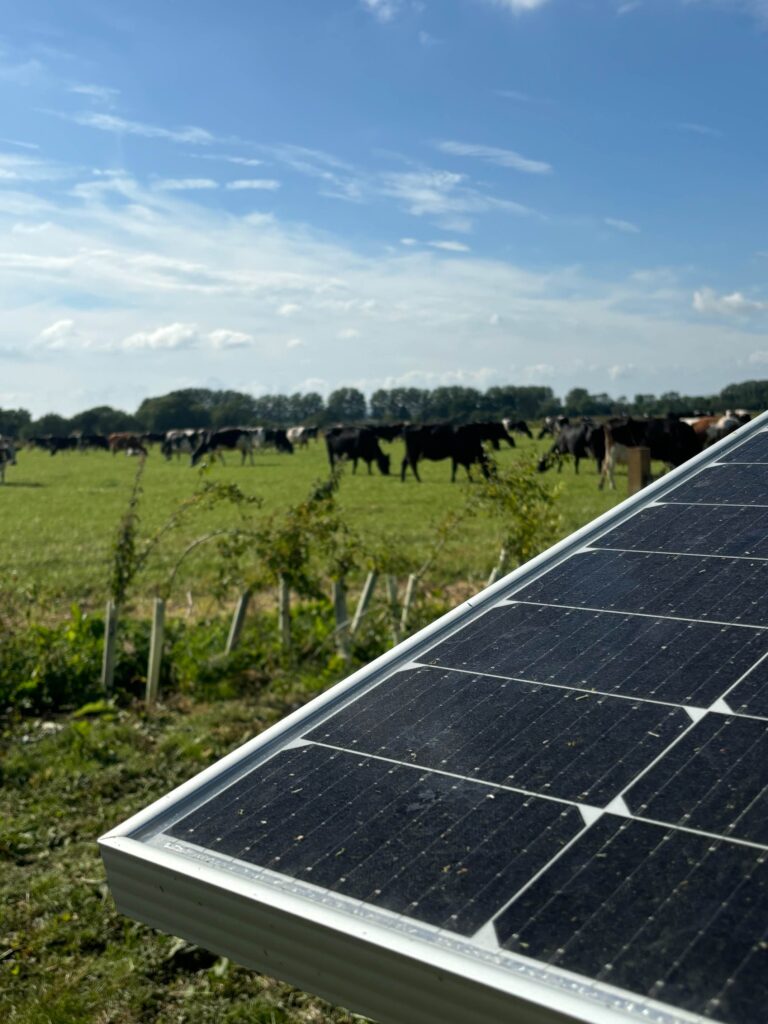
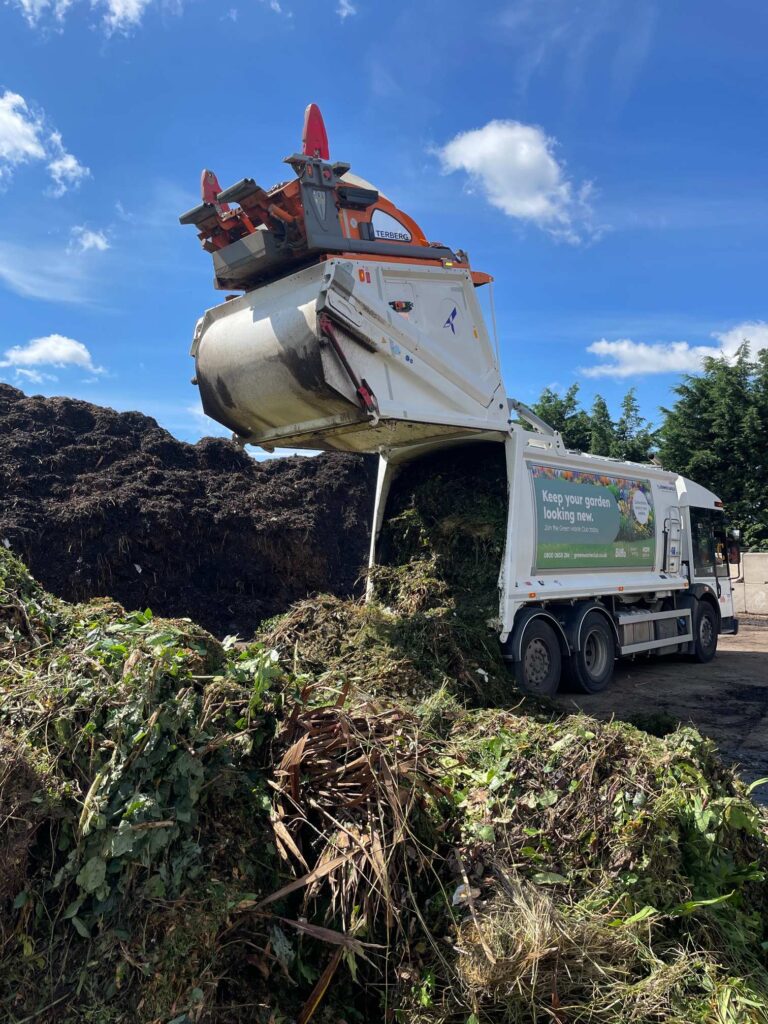
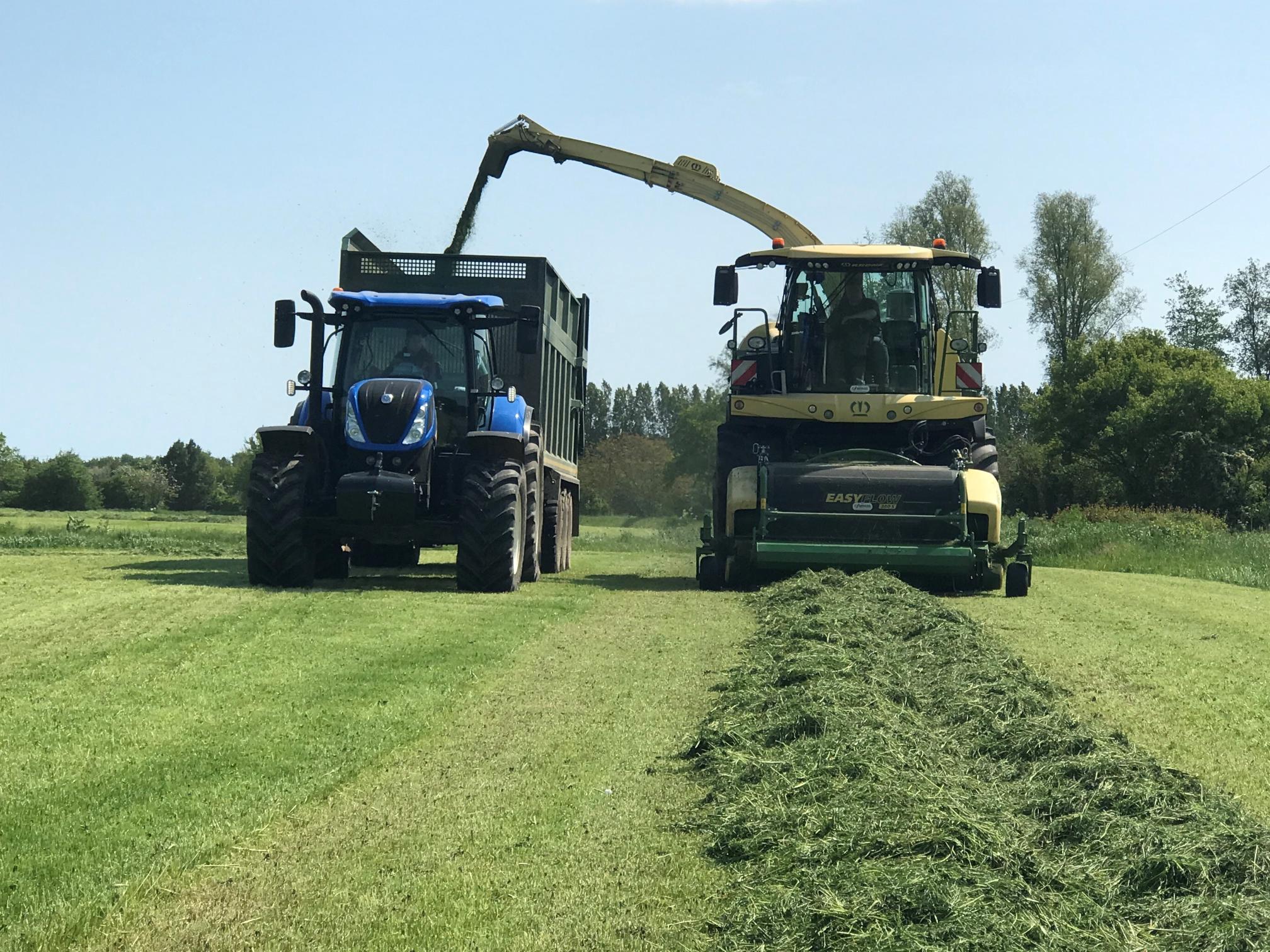
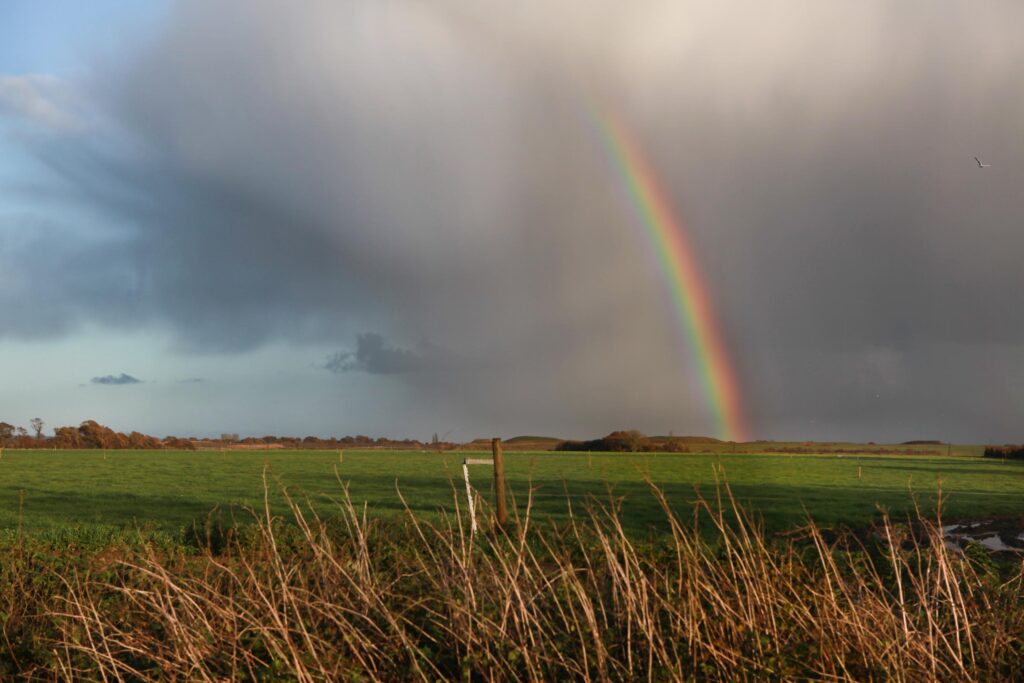
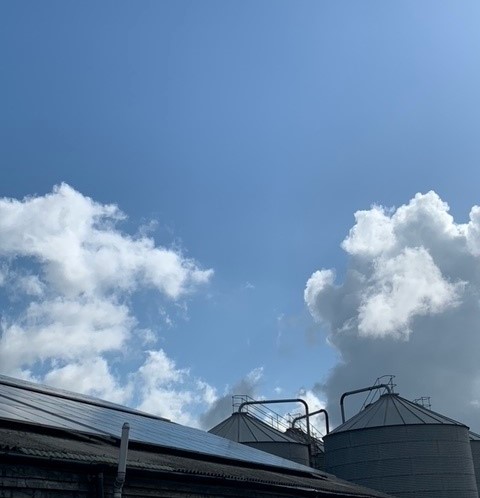
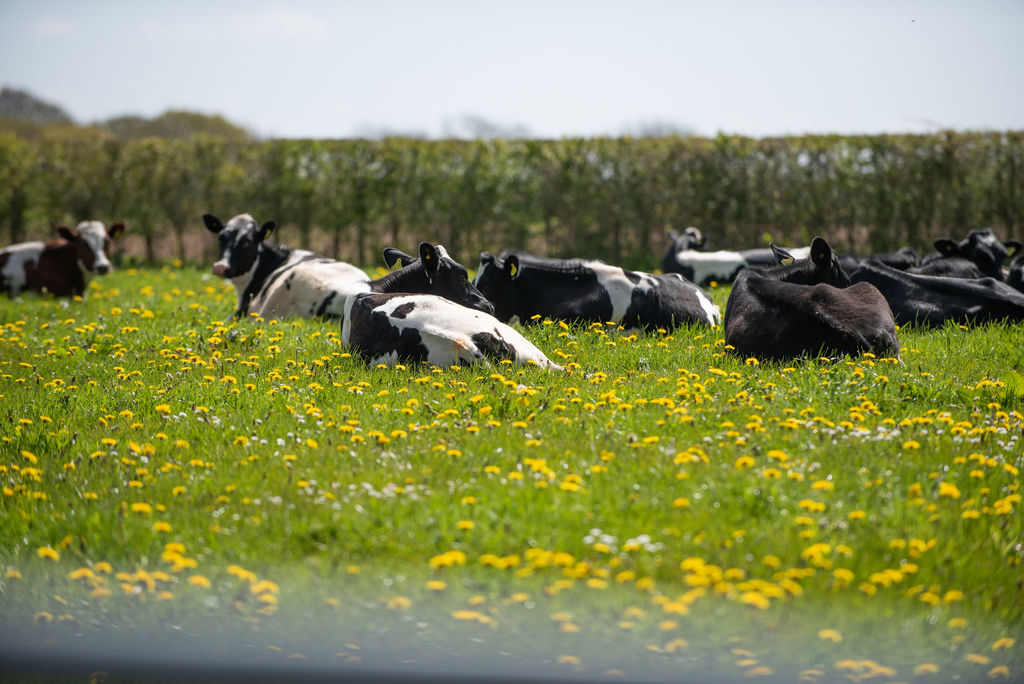
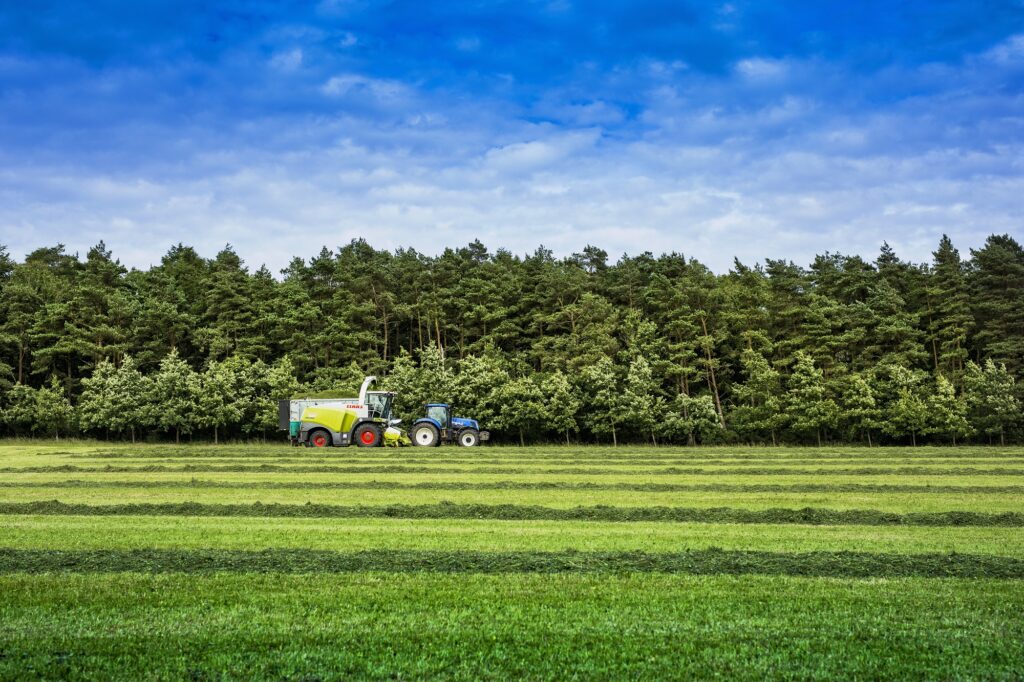
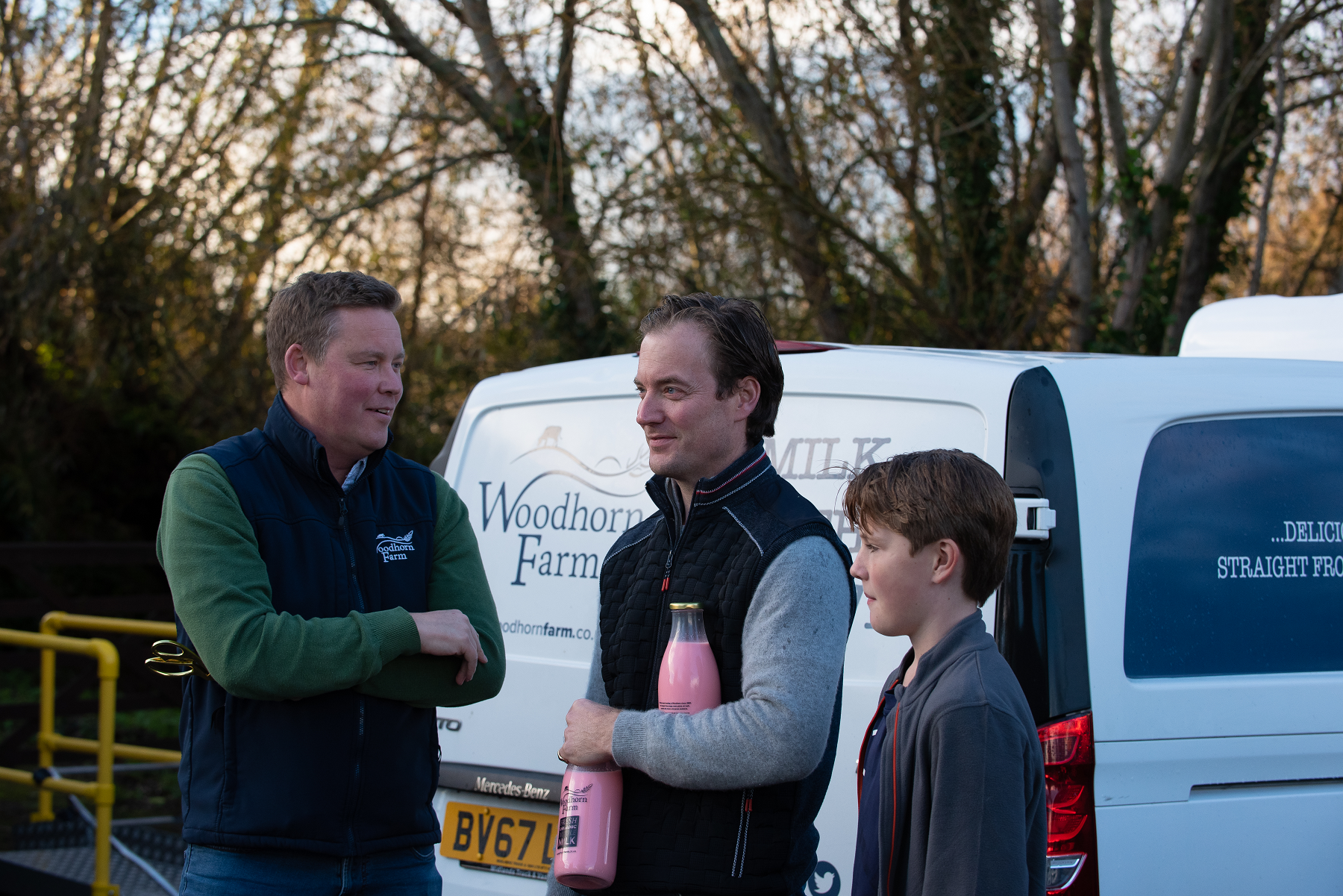
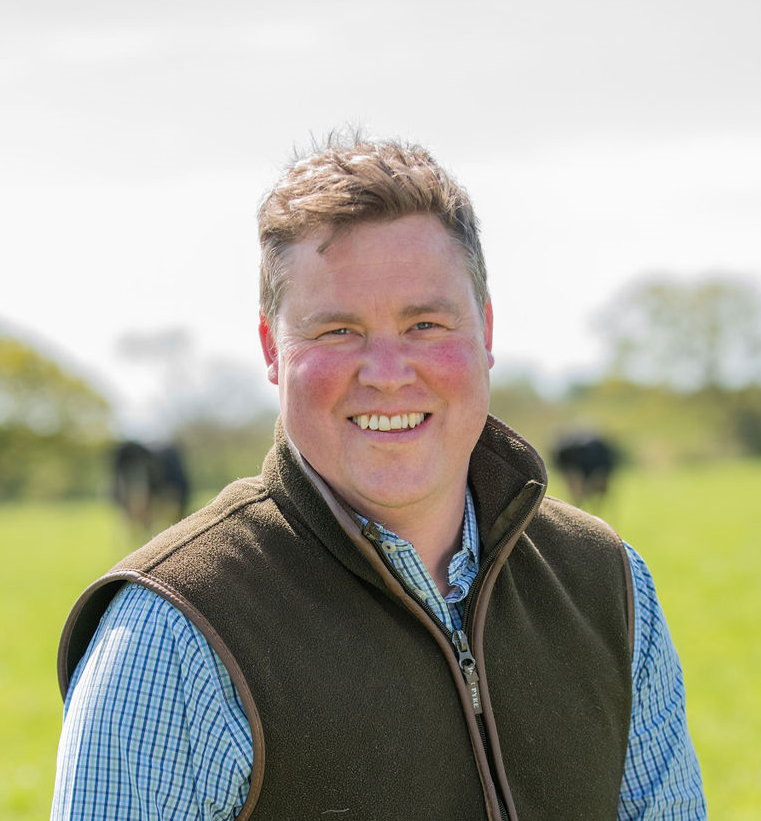
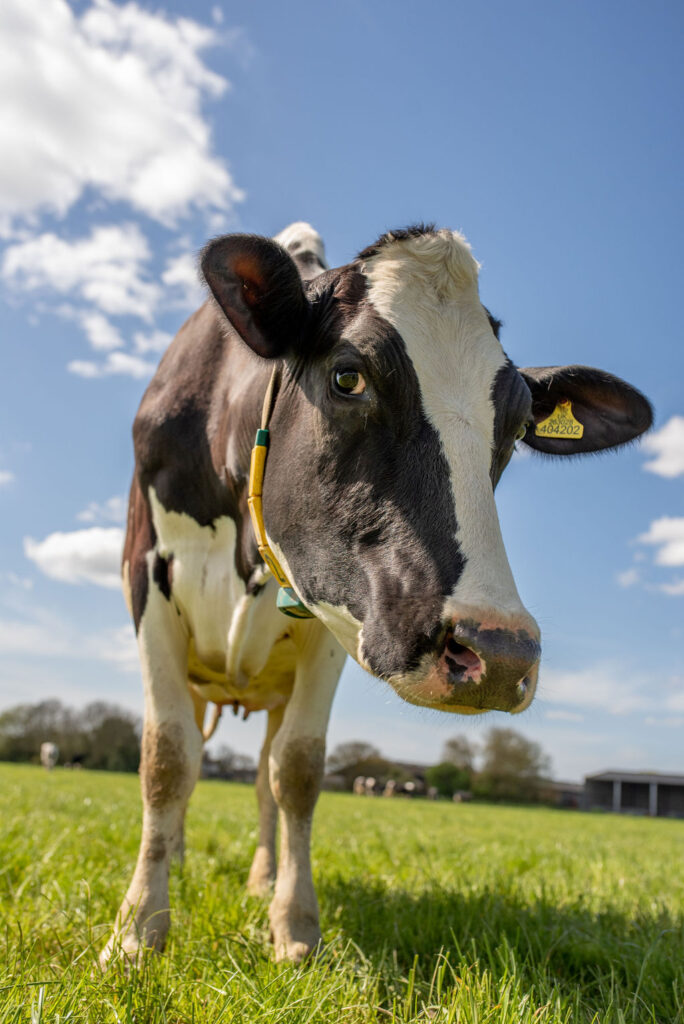
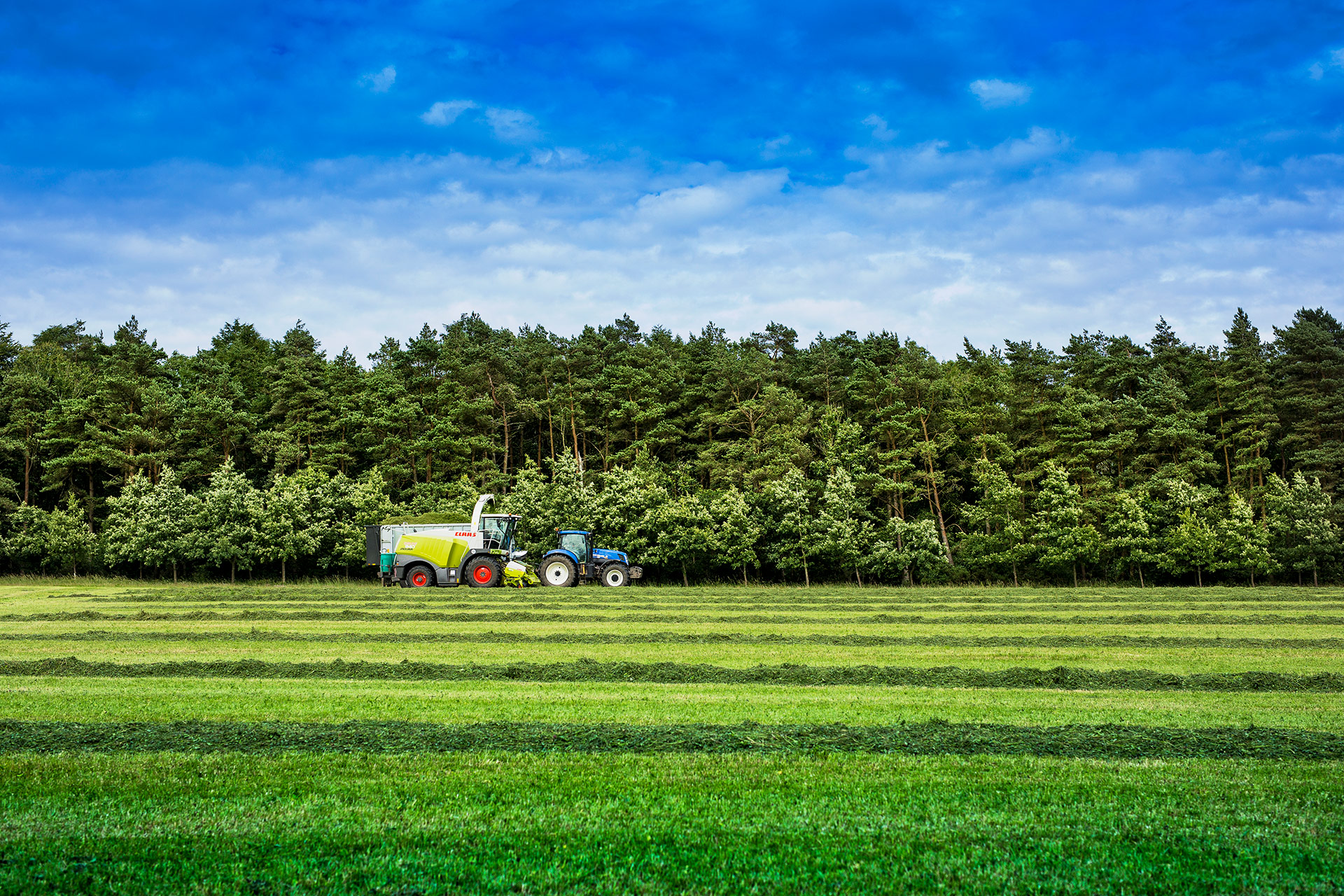
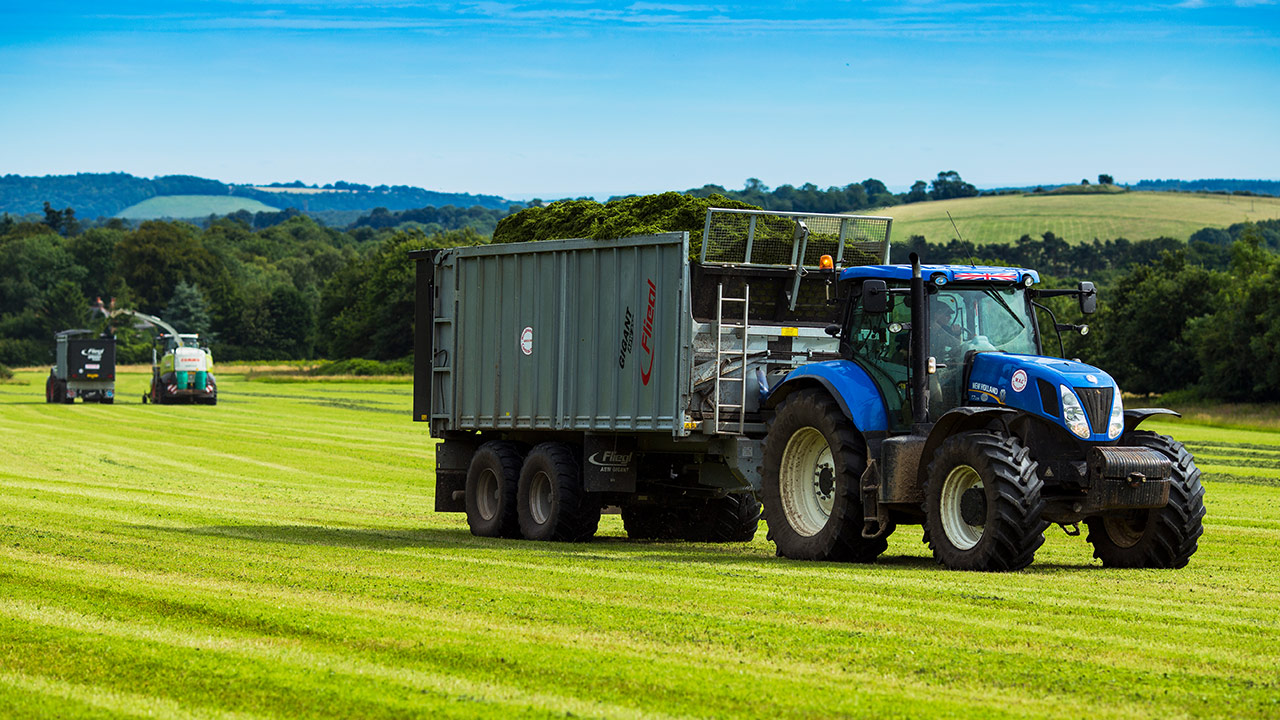
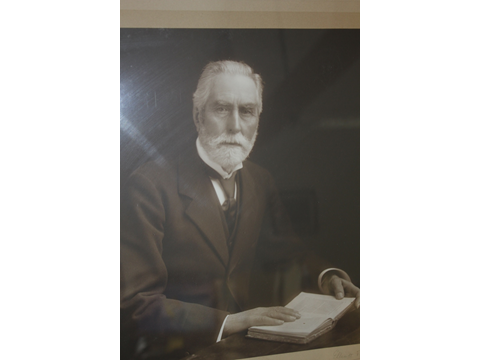
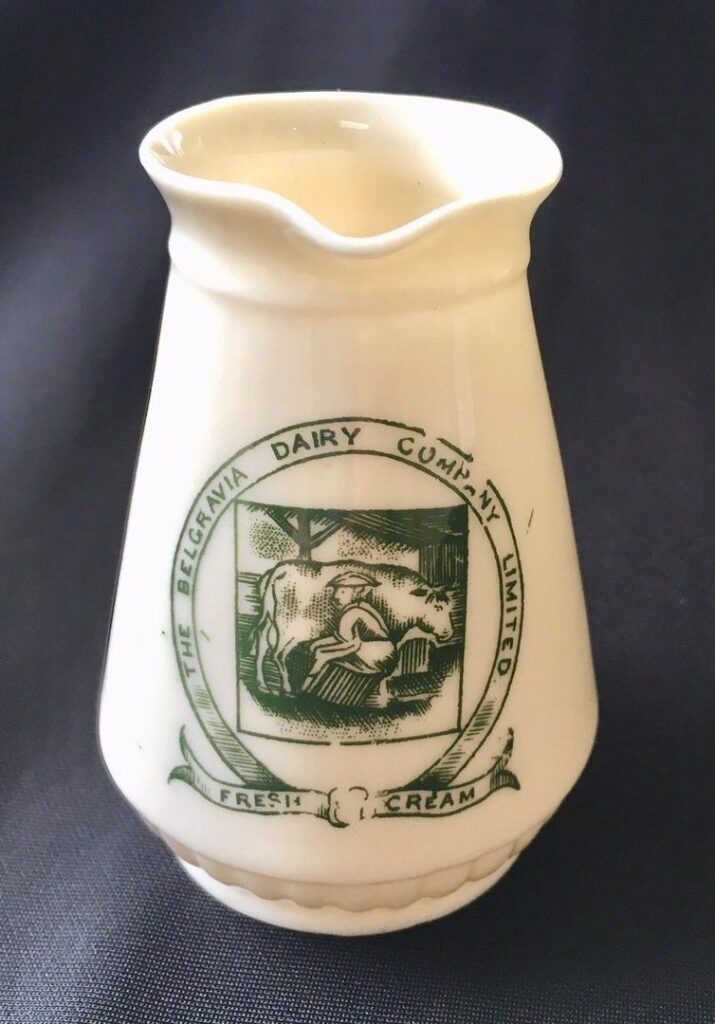

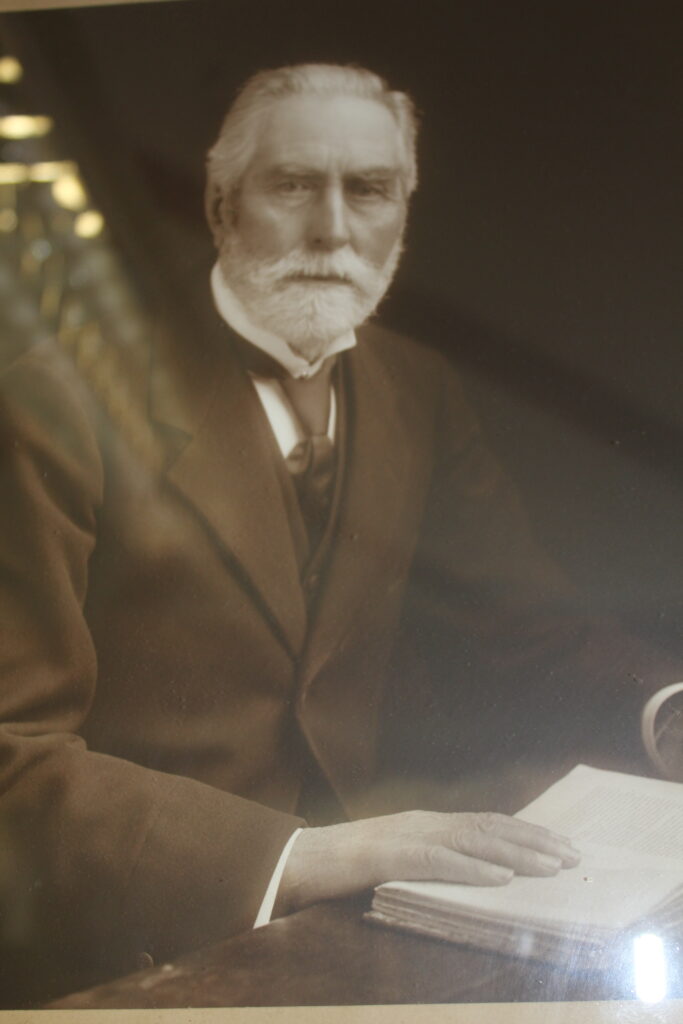
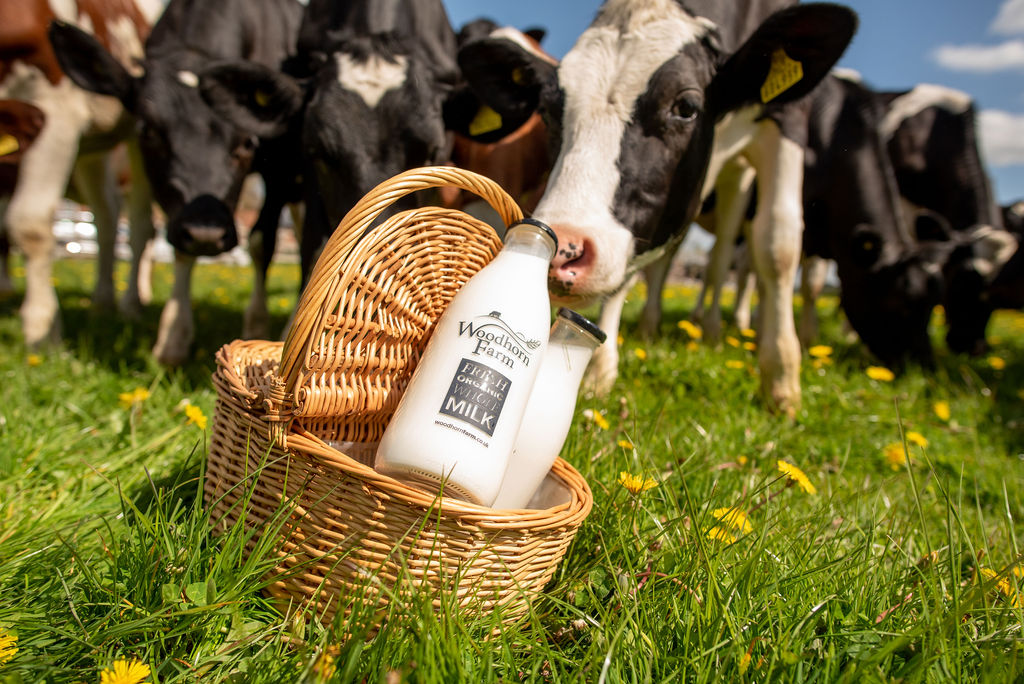

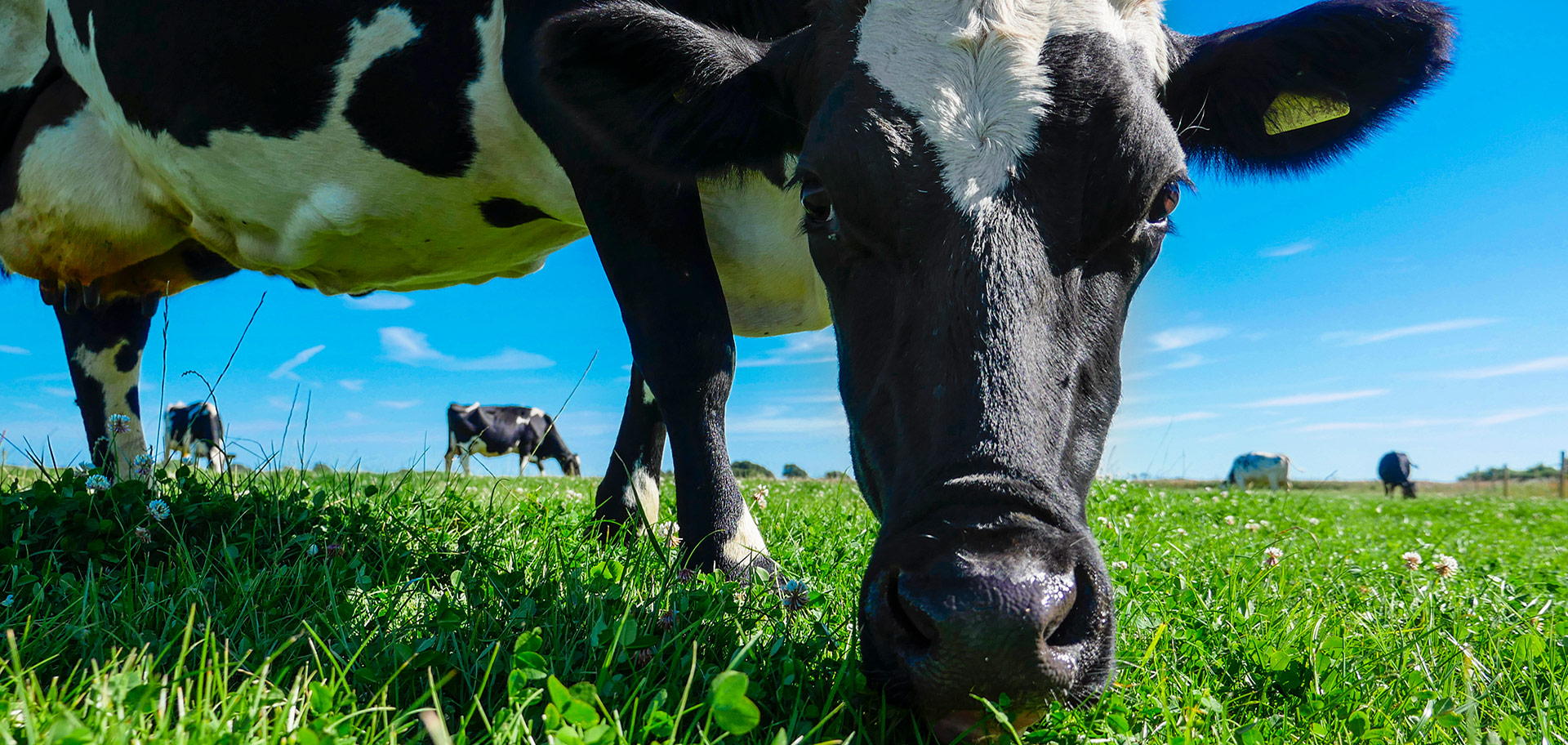

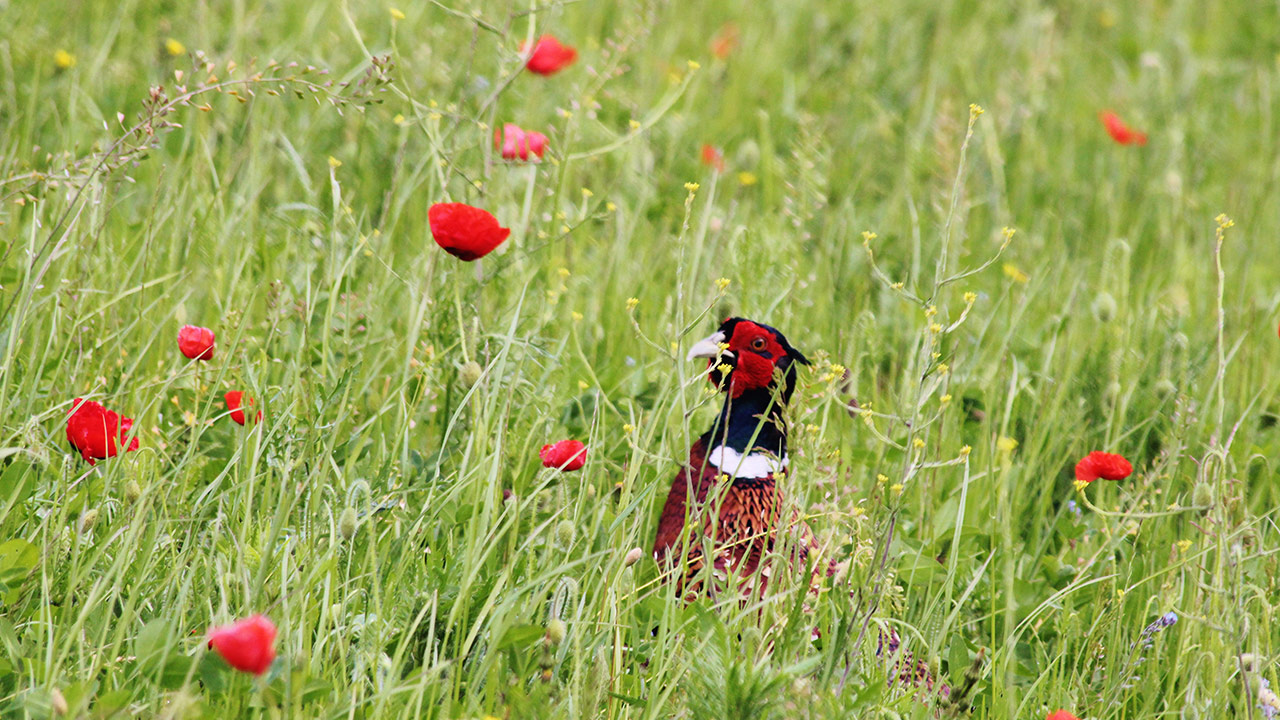
Recent Comments